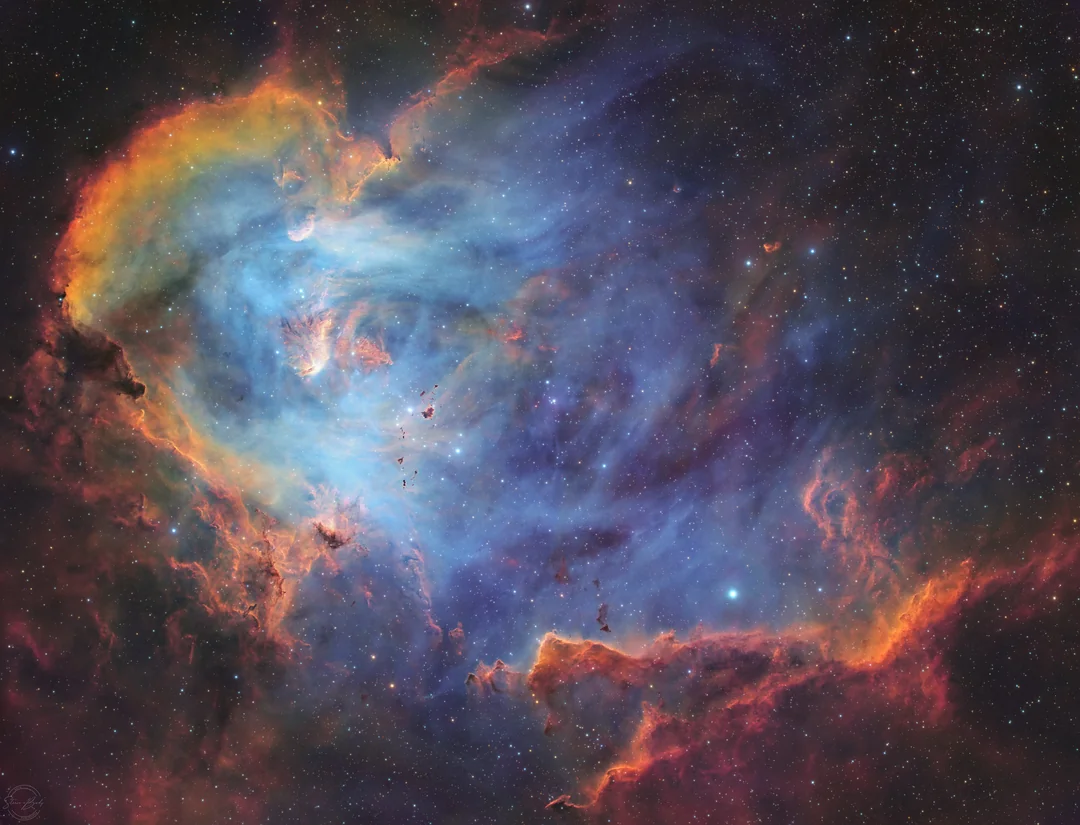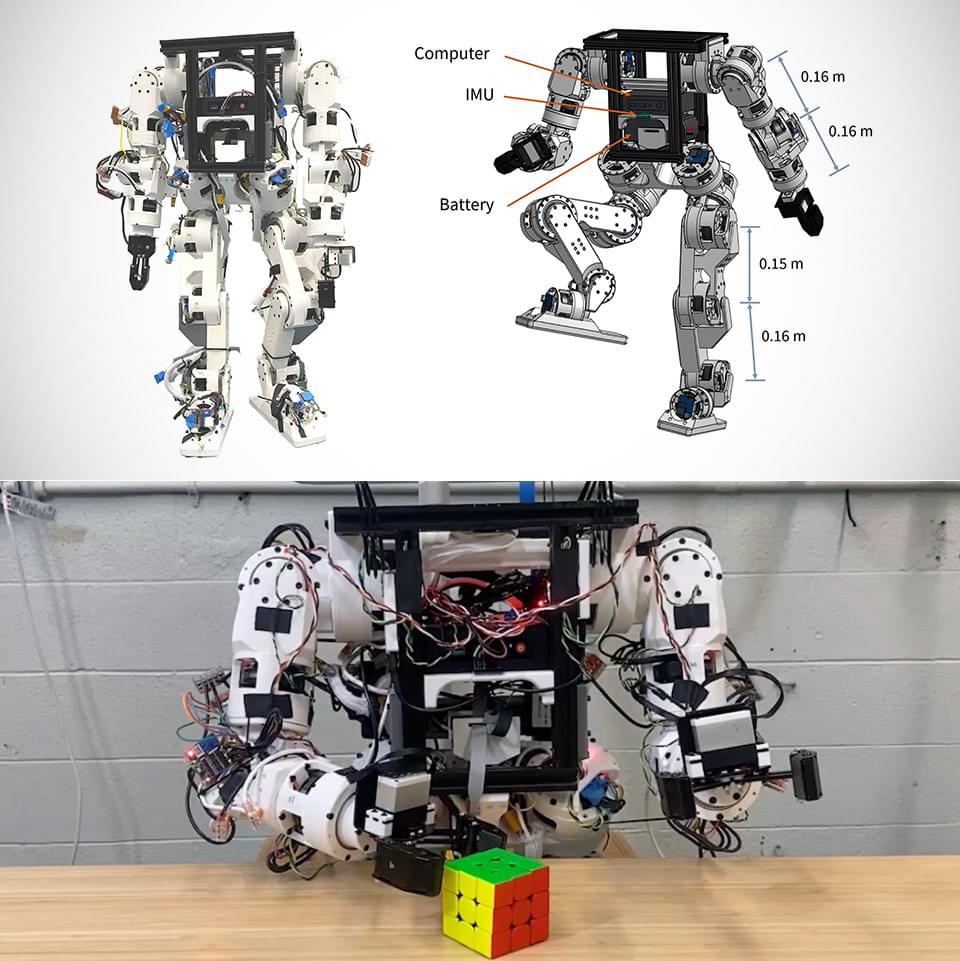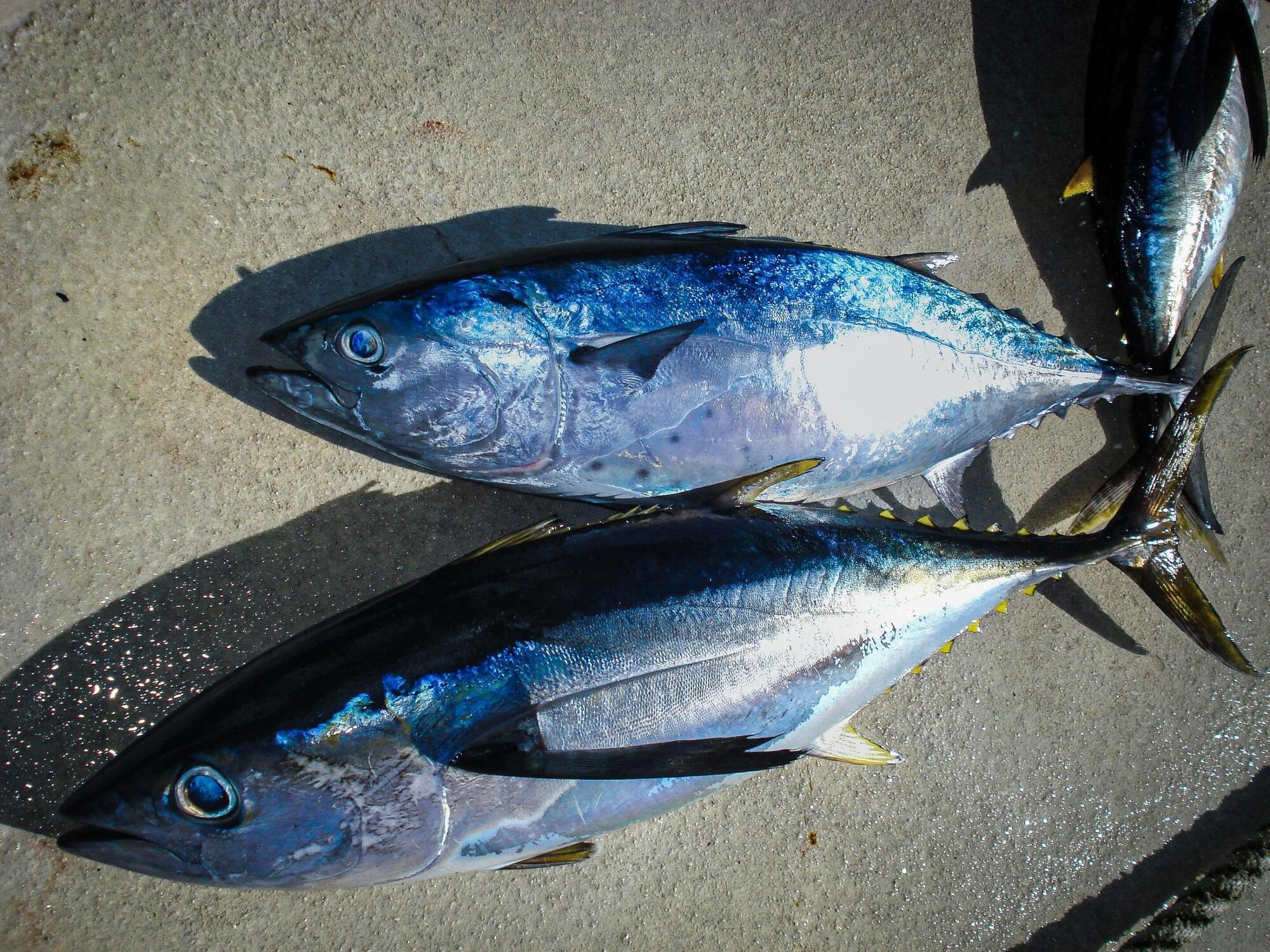Who knew that magnetic fields could be so useful? Astronomers are able to use magnetic fields to map our environment within the Milky Way using a technique called Faraday rotation.
It works like this. There’s a bunch of dust—literal dust grains—floating within the galaxy.
Well, I say there’s a lot of dust, but it’s at very, very low densities. Thankfully, the volumes within interstellar space are so vast that the total amount of dust can really add up. And all these little dust grains have little magnetic fields associated with them, because all the grains are made of electric charges and they’re spinning around themselves.









